Sightseeing Spots
Search Results314
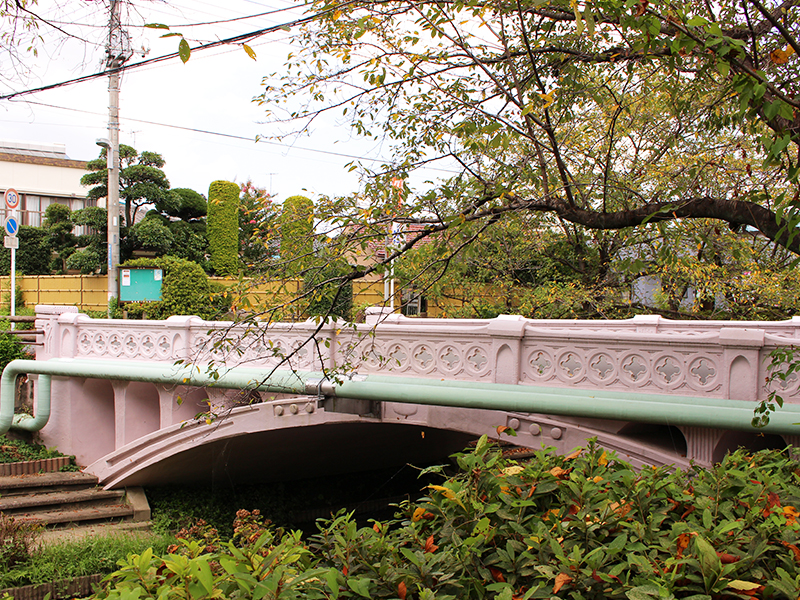
Eight of the total sixty-one kilometers of the Motoara River run through the Fukiage area. There are seventeen bridges on the river, including the Shinsaga Bridge, a Civil Engineering Heritage Site selected by the Japan Society of Civil Engineers. Many of the bridges are decorated with poems and sculptures, making exploring them a perfect activity for some leisurely sightseeing!
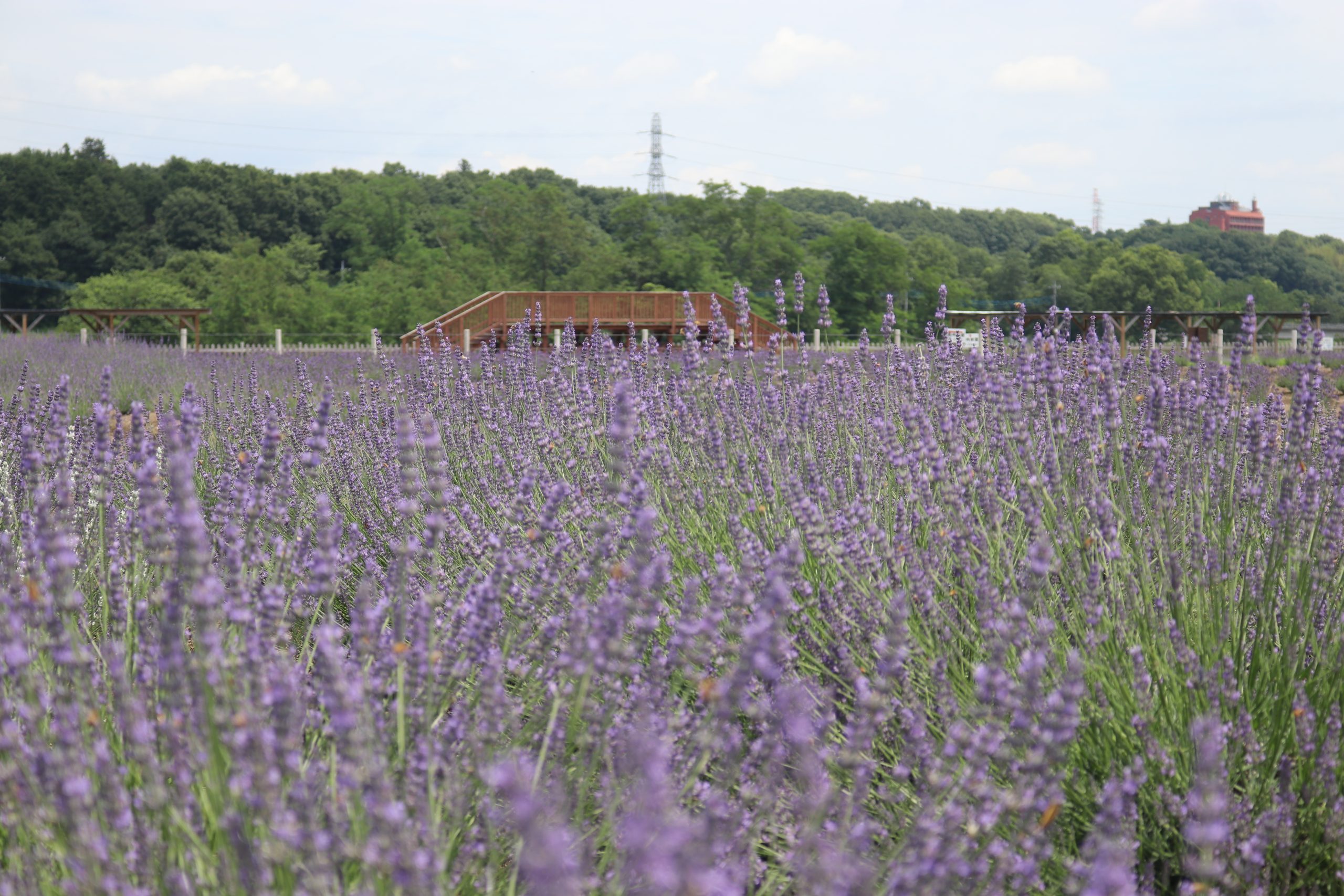
The Sennen no Sono Lavender Field spans approximately 6.5 hectares and boasts around 22,000 lavender plants including over 10 different lavender varieties, such as Grosso (French), Hidcote (English), and Avonview (Spanish). In late May, visitors can enjoy the enchanting sight of red, pink, and white poppies blooming alongside early-blooming lavender. By mid-June, a portion of the field transforms into a golden sea of wheat known as "Nourin 61," and towards the end of June, visitors can witness the spectacle of wheat harvesting. The annual Ranzan Lavender Festival takes place from early to late June, offering a wonderful opportunity to experience the beauty of the lavender field. *Please note that access to the fields is restricted after the festival as they undergo harvesting.
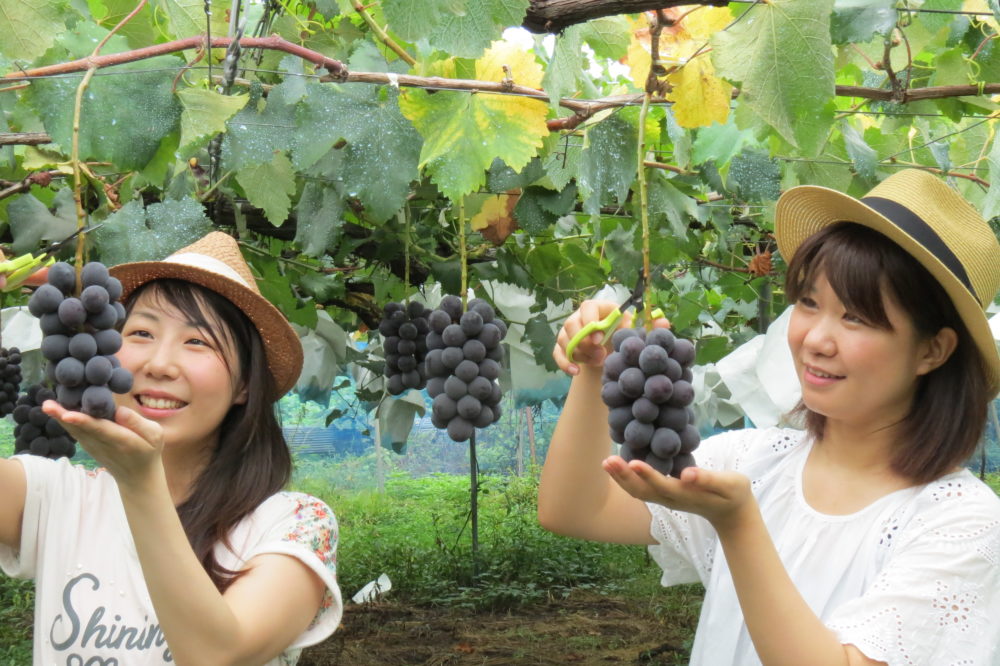
This facility consists of 12 groups of fruit farmers, with the closest station being Ashigakubo Station on Seibu Chichibu Line. You can find this collection of fruit farms, aka Fruits Village, by the southern slope of Hinatayama in the Ashigakubo district. Fruits are harvested all year round, with strawberries from early January to mid-May, plums from early July to mid-August, and grapes from mid-August to mid-October. The sweet taste of fully-ripened fruits and the clean air of the great outdoors is a special experience. We encourage you to stop by! There is also a restaurant, “Ashigakubo Fruits Garden,” a “Farming Village Park” with a 100-meter roller slide nearby, and many great courses for hiking.

This museum was jointly established by Honjo City and Waseda University. The museum holds archaeological materials from the Paleolithic period through which visitors can trace the history of Honjo City. In addition to artifacts rarely found in Japan, such as the laughing human haniwa (terra-cotta tomb figurine) holding a shield and a completed cast of a small glass ball, visitors can see a variety of valuable materials owned by Waseda University.

One of the most prestigious shrines in the prefecture, it has no main shrine due to being dedicated to the scared mountain Mt. Omuro, and is one of few shrines that still practice this more ancient form of Shinto belief, the only other two shrines of which are Suwa Grand Shrine in Nagano and Omiwa Shrine in Nara. The shrine is said to have originated when the god Yamato Takeru no Mikoto hid tools for fire starting in Mt. Omuro. The shrine also enshrines the goddess of the sun, Amaterasu Omikami, and the god of sea and storms, Susanoo no Mikoto.
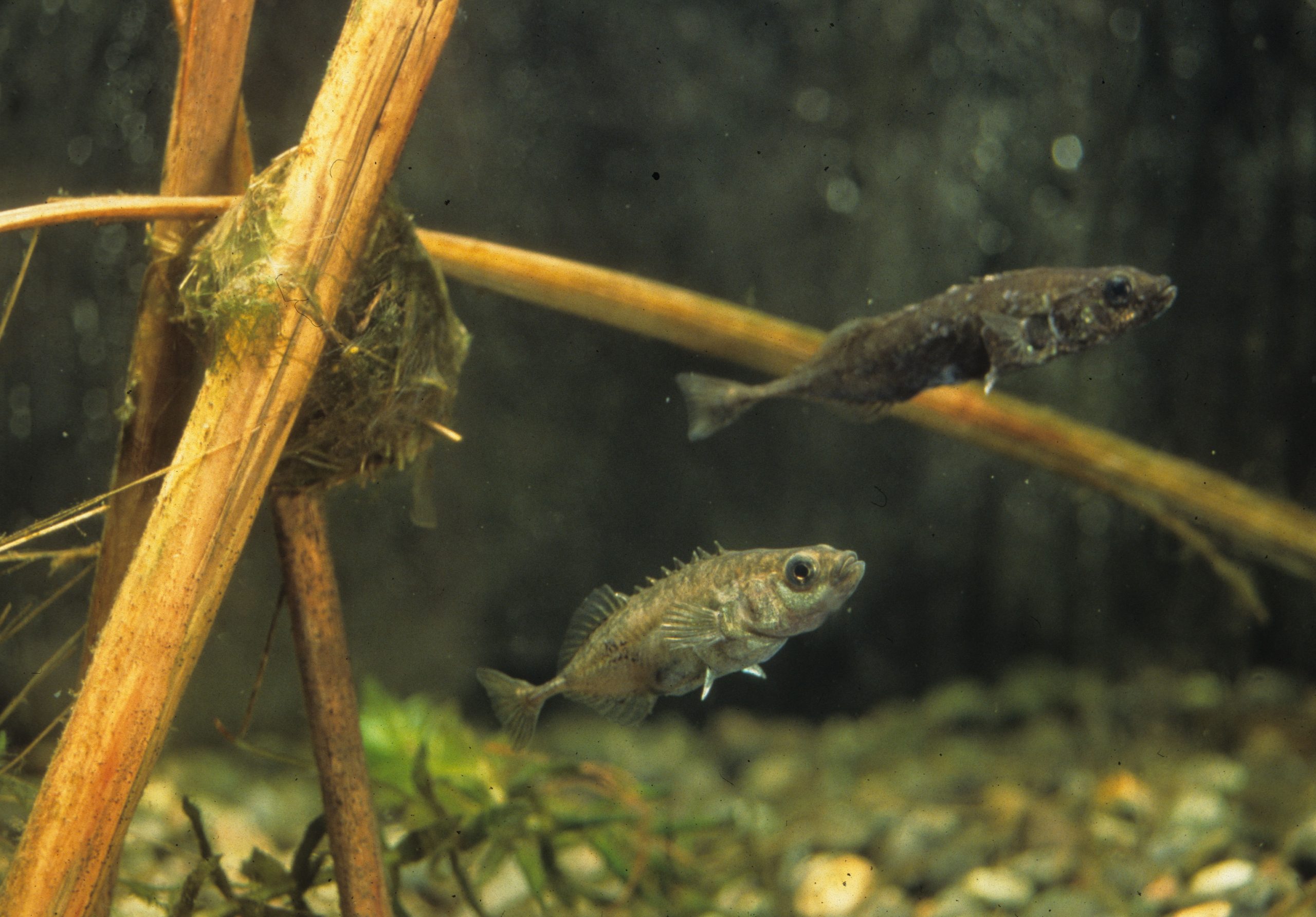
This aquarium features exhibits of approximately 70 different types of freshwater fish native to Saitama Prefecture that inhabit the upper stream of the Arakawa River to the region surrounding the mouth of the river. Among the highlights are the Tokyo bitterling, Musashi ninespine stickleback, and the waterwheel plant. (For more information regarding the facility, please refer to the URL below.)
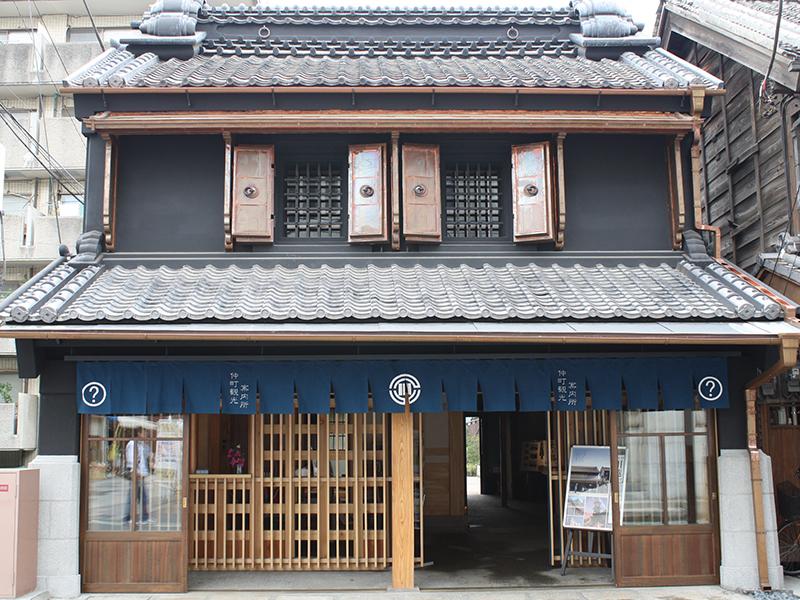
Situated at the Nakacho intersection, the entrance to the Kurazukuri district, the Kawagoe City Nakacho Information Center is filled with useful information and housed in a traditional warehouse! You can also connect to their free Wi-Fi and use their baggage storage service (for a fee).

The magnificent and beautiful “Ashigakubo Icicles” is one of Chichibu’s three major icicle formations. These icicles, measuring about 30 meters high and 200 meters wide, are artificially created by sprinkling stream water on the slope of the mountain. Every year from early January to late February, you can immerse yourself in a fantasy realm created by nature and the locals.
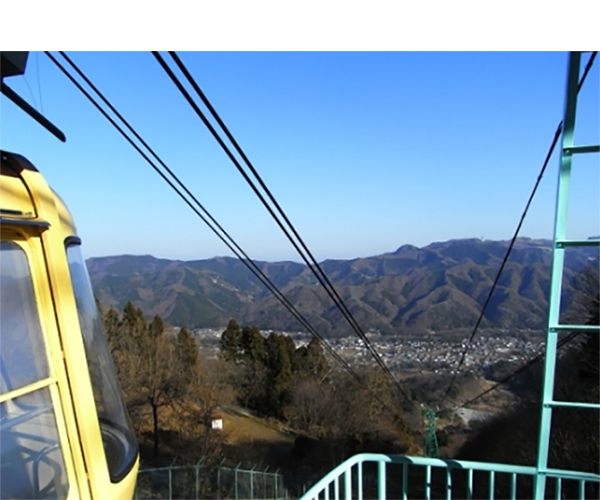
This ropeway was installed on Mt. Hodōsan at an altitude of 497 meters, connecting the 832 meter distance from Sanroku Station to Sanchō Station in 5 minutes. The two gondolas go back and forth between Sanroku and Sanchō Stations operating under a four-line crossing system. The gondolas’ names, “The Bambi” and “The Monkey I,” both originate from the popular Japanese macaque and deer that inhabit the small zoo on Mt. Hodōsan.
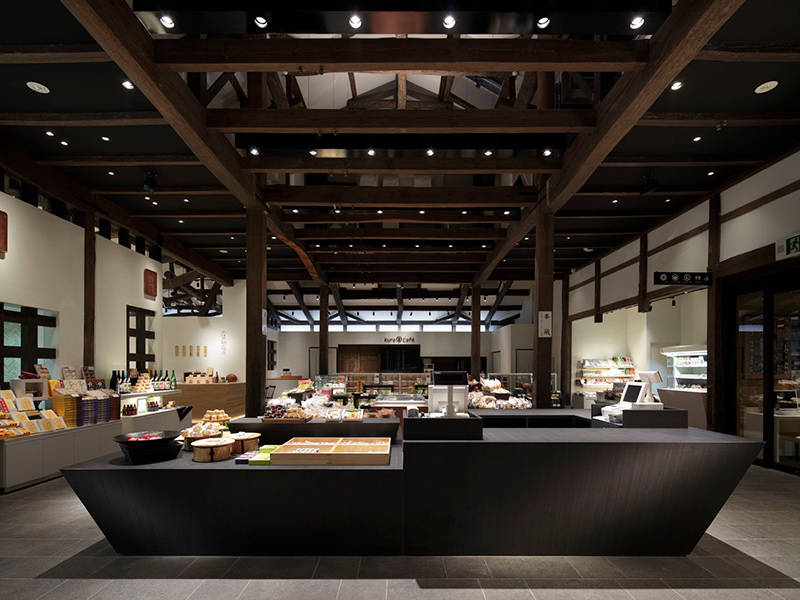
Koedo Kurari is an improved facility retaining the atmosphere of the original Kyūkagamiyama brewery, established in 1875. The brewery, built through the Meiji, Taisho, and Shōwa periods, was remodeled and designated as one of Japan's registered tangible cultural properties along with the three warehouses: souvenir shop (Meijigura), Restaurant (Taishōgura), Japanese sake shop (Shōwagura), and meeting space (Tenjigura).
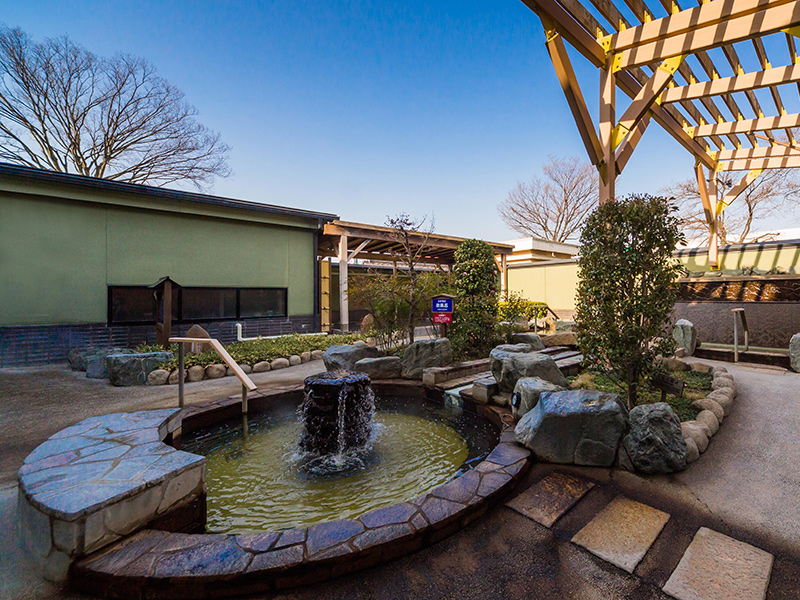
At our hot spring you can enjoy low mineral content water typical of the top hot springs in Japan in a traditional Japanese-style outdoor bath. You can also use the ganban`yoku hot stone bath, reclining chairs, massage machines and the popular free relaxation area. There is even a high-concentration carbonated spring, which garners attention from the medical industry, making our facility the ideal place for a full day of relaxation.
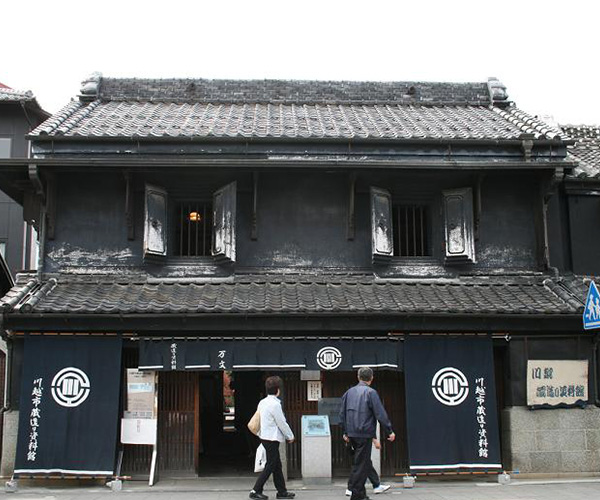
※The museum has been undergoing earthquake-proofing renovation since 2017, and is currently closed to the public. The Kawagoe Kurazukuri Museum was built by tobacco wholesaler Koyama Bunzō after the great fire in 1893 and designed referencing the few houses of Kurazukuri which survived the fire and merchant houses of the Tokyo Nihonbashi area. Visitors can tour the inside of the Kurazukuri houses of Kawagoe, where the atmosphere of the Meiji era can be felt to this day in the buildings' structure and design.

This facility utilizes the nature of Sayama Hills as an opportunity for us to interact with and think about our relationship to nature. There is an exhibition room, observation balcony, seminar hall, outdoor grilling space, and much more. There are also five themed spots on a hill adjacent to the center: Waterbird Paradise, Bug Forest, Wetlands Village, Tree Forest, and Butterfly Forest.

Enjoy the refreshing air around this beautiful waterfall originating from a mountain stream that flows from Mt. Ryokami in the Chichibu mountain range. Also, Onouchi Hyakukei Icicle, one of the three major icicles of Chichibu, can be found here from the beginning of January to the end of February every year.
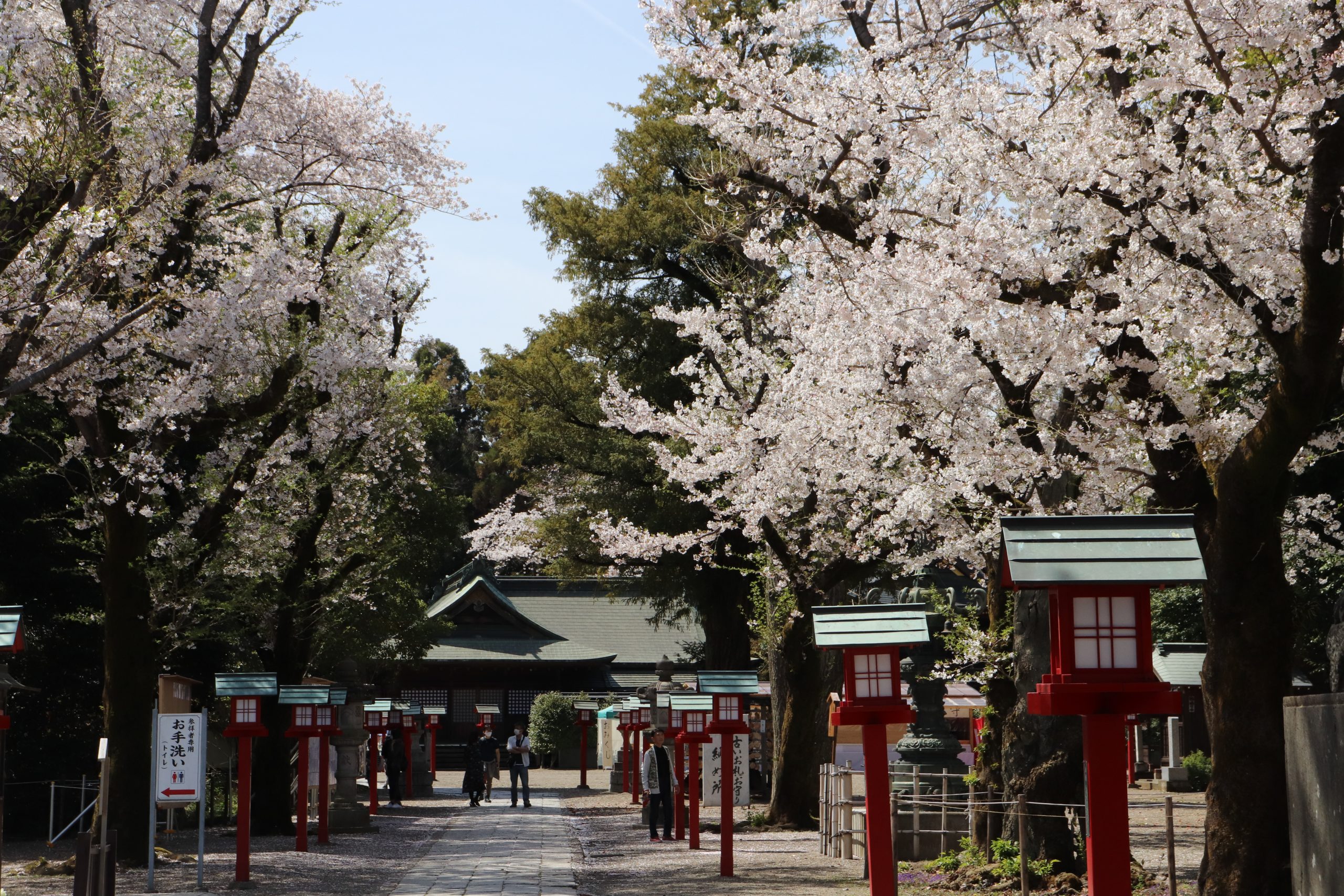
This is the oldest grand shrine in Kanto. It is said to have been founded by descendants of the Izumo family because of its old nickname, Hazenomiya; another theory is that it was established by Yamato Takeru 1900 years ago in the time of Emperor Keikō. The Washimiya Saibara Kagura music and dance is a tradition in the shrine and is designated as an important intangible folk cultural property of the country. The shrine also appears in the animation “Lucky Star,” and Washimiya shrine uses this connection to the work to revitalize the area.
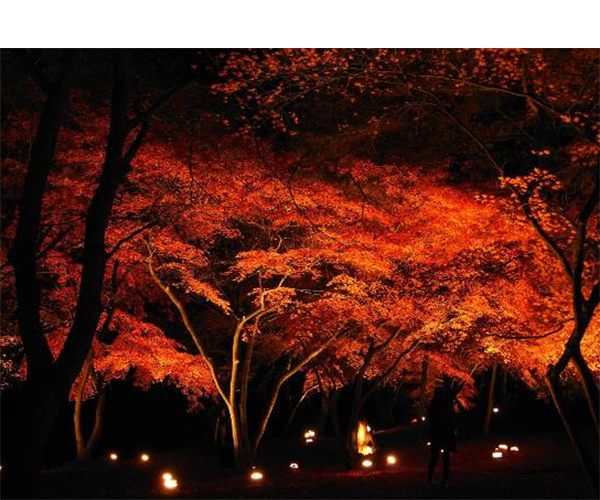
The park is named after the stone tablet on which Kyoshi Takahama wrote the haiku “Kokoniware Kuotomubeki Tsukinoishi,” and is very famous for its autumn leaves. The best time to see the autumn leaves is around November, with the illumination of around 50 acer amoenums Japanese maples. The area is very crowded during this time, especially with photography aficionados. You can enjoy the autumn leaves at the adjacent prefectural nature museum as well.
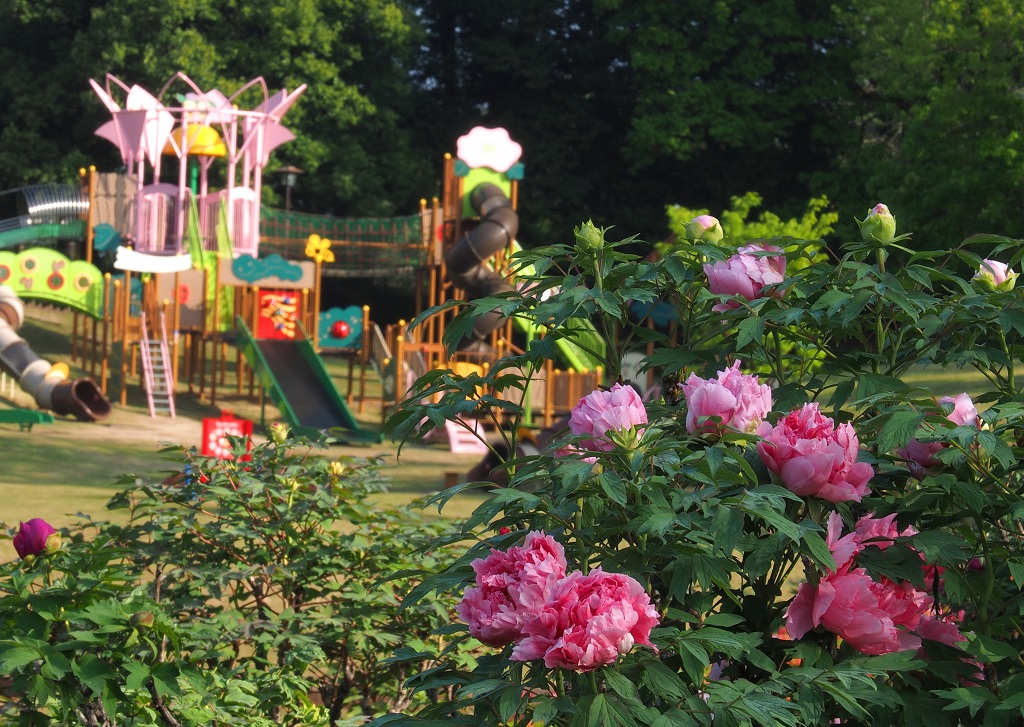
Opened in 1990 as part of efforts to promote the official city flower, the peony (botan). A prominent peony park in the Kanto region, roughly 30,000 square meters of colorful peonies bloom from mid-April to early May, culminating in the Peony Festival (botan matsuri) during peak bloom. Throughout the year, visitors can also view hydrangea, Japanese maple and wintersweet, and enjoy facilities such as a large playground complex, an open lawn, and an observatory.
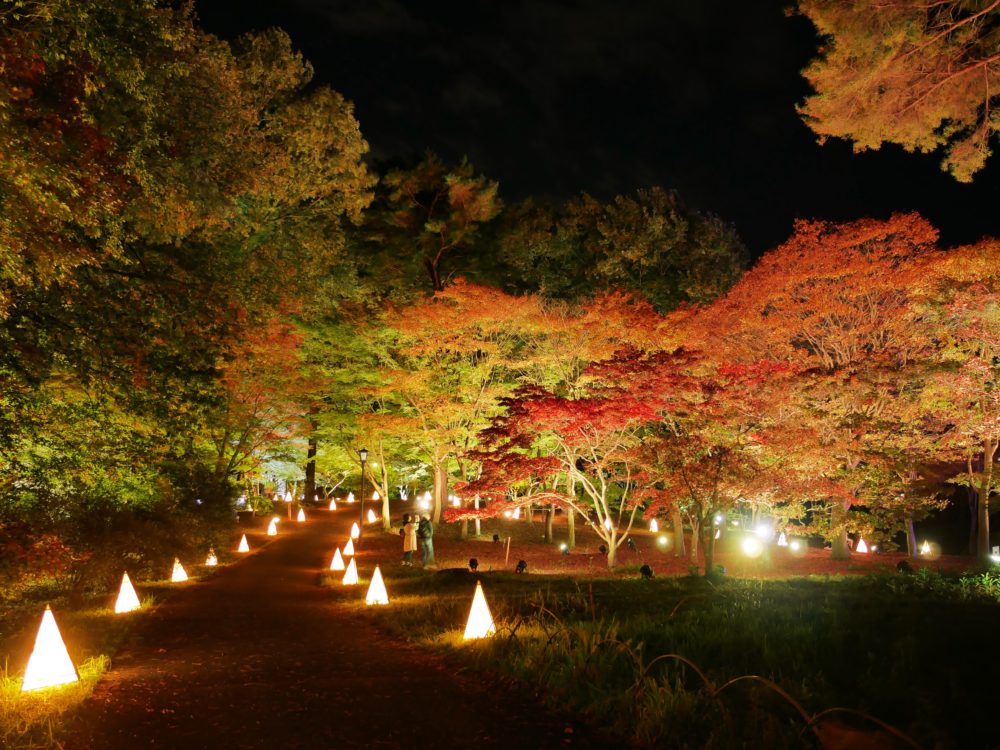
The Musashi-Kyuryo National Government Park was built as part of the Meiji Centennial Commemorative Project. Musashi-Kyuryo is Japan's first national park and is located on a vast, hilly area of 304 hectares stretching between Namegawa Town, Hiki District and Yagii, Kumagaya City, Saitama Prefecture. The park is mainly forested areas, and includes ponds, swamps, marshes and grasslands, for a diverse ecology where precious flora and fauna can grow and thrive. It is also one of few places within the metropolitan area where you truly can feel in contact with nature.

Plum planting began in 1986 at Ume Hyakkaen Garden. You can enjoy about 170 varieties of plum flowers, including rare ones such as the early blooming red plum during the winter solstice and the three famous flowers of the moon, mangetsu, tagoto, and soumei. From mid-February, about 470 plum are in full bloom, and the fragrant plum scent spreads all the way to the summit.
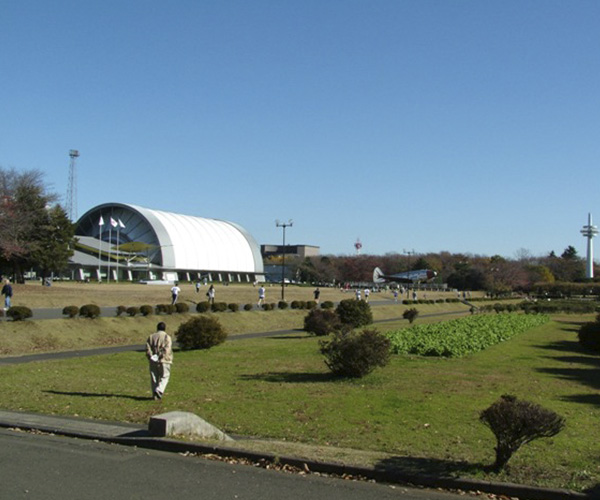
This large park was built on the site of Japan's first airfield, Tokorozawa Airfield, and has an area of about 50 hectares. Overflowing with nature, the park is never without visitors. There are real airplanes, as well as sports facilities, an athletic field with artificial grass, a tennis court and a baseball field. There is also an outdoor stage, tearoom and a Japanese garden, making the park a center for sports and culture exchange in western Saitama. (For more information regarding the facility, please refer to the URL below.)
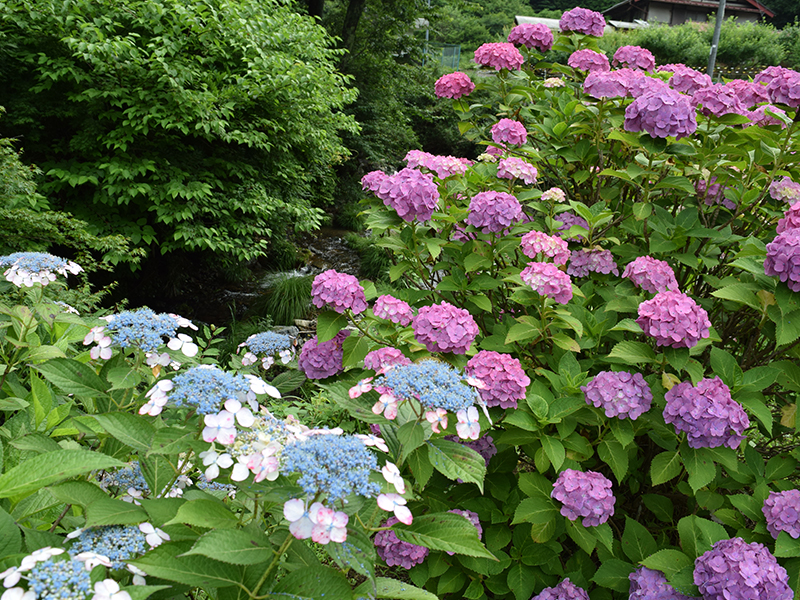
There are around 1,500 hydrangea plants in bloom along this 3-kilometer-long road, and you can enjoy the fresh air and chirping of birds while surrounded by nature.
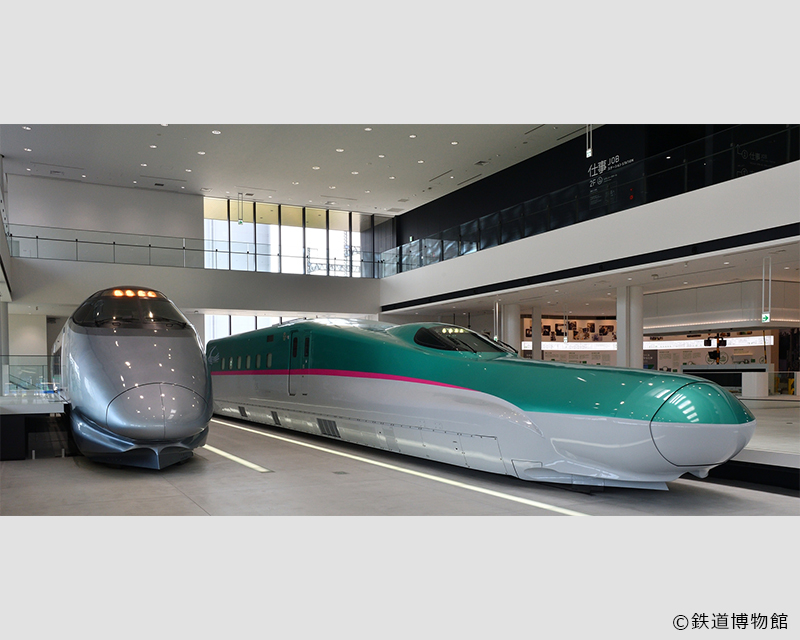
The railway museum opened on October 14th, 2007 in Ōmiya, Saitama as part of Japan Railways (JR) Group’s 20th-anniversary commemorative project. The South Building was newly opened in July of 2018, with the permanent exhibition of the main building renewed extensively. Through this renewal, the inside of the building has been divided into stations of 5 categories: rolling stock, history, job, science, and future, updating the museum to tell the rich story of the relationship between humans and railways from a unique and diverse perspective.

Established in 1946, our slogan is “from farm to dining table,” and we take pride in producing healthy and delicious ham and sausages using meat from the pigs raised on our farm. The quality of our product has been recognized for its authenticity in Germany, and has won many gold awards in international food contests. Featuring a theme park revolving around pork and health, there are gourmet pork meals, a farmers market selling local fresh vegetables and a relaxing hot spring, for a day full of leisurely fun.
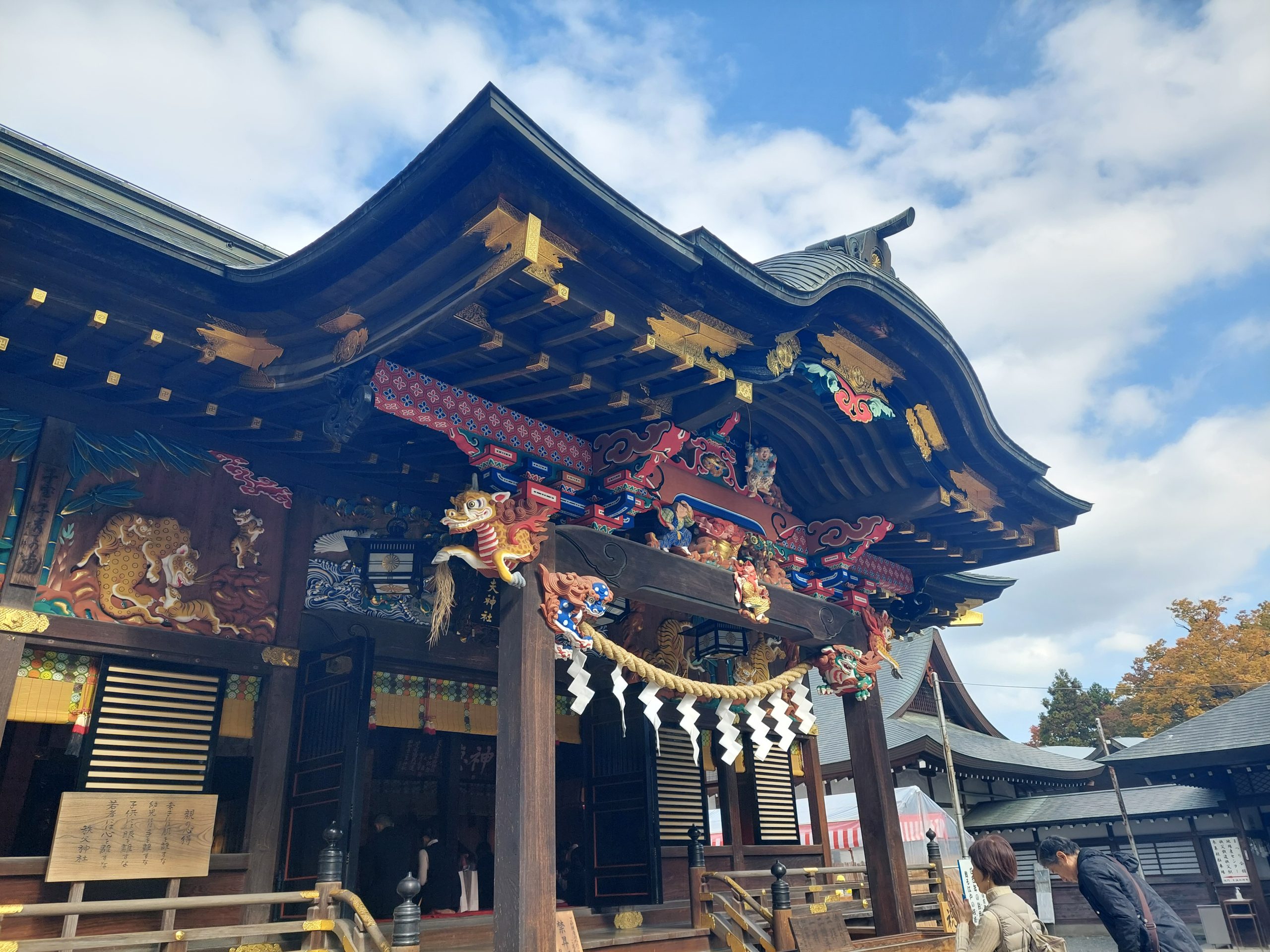
Marking 2100 years, Gochinza, a Sōja of Chichibu, has been revered since ancient times. In a forest of oak, there is an atmosphere with style and solemn beauty. The existing main building of the shrine is a contribution of Ieyasu Tokugawa in 1592 and was designated as Saitama Prefecture’s tangible cultural property due to the fact that it holds much of the Edo period’s early architectural style.
This site uses cookies to improve the user experience. If you continue to browse, you consent to the use of cookies on this site. Accept
CONTACT
